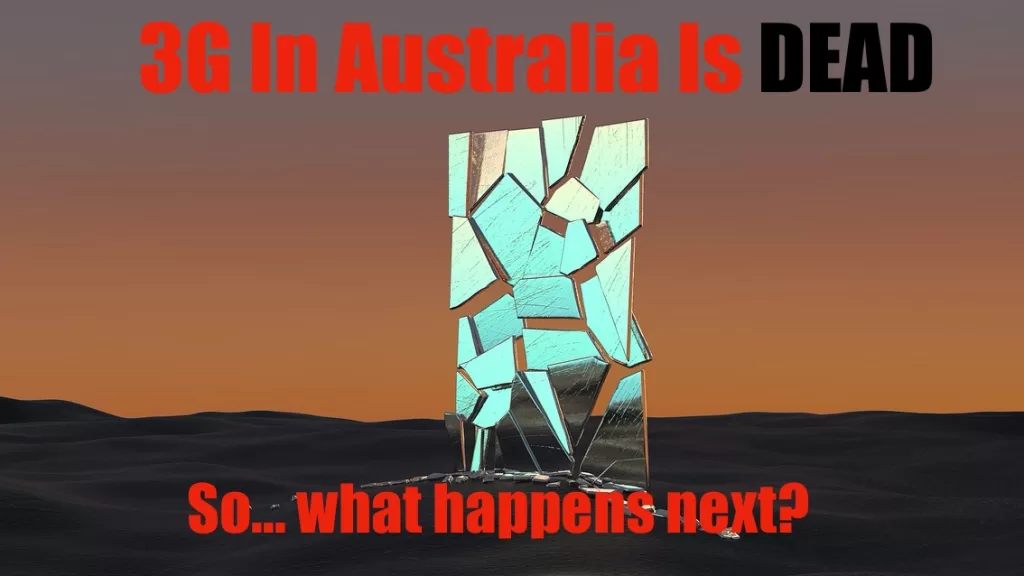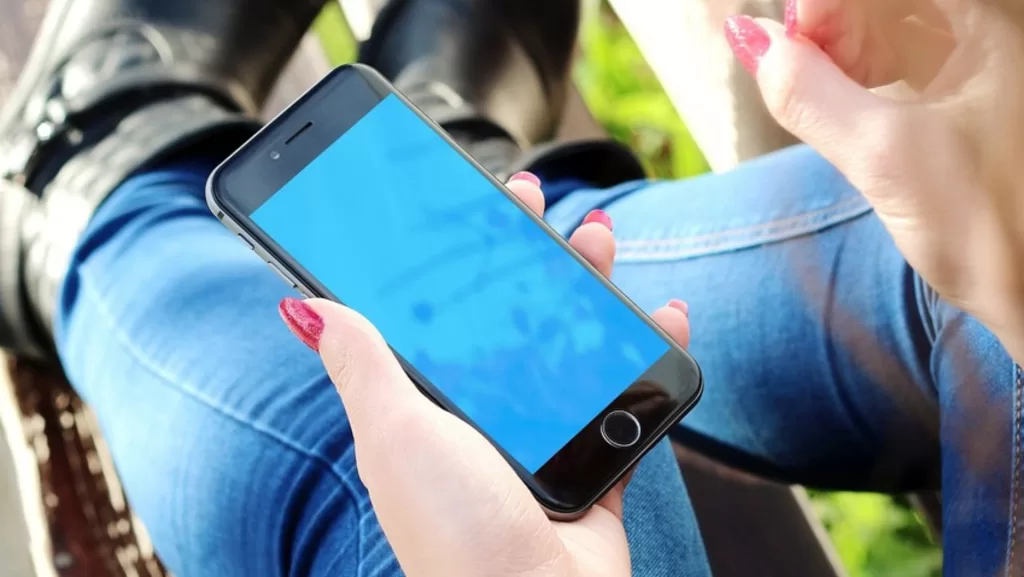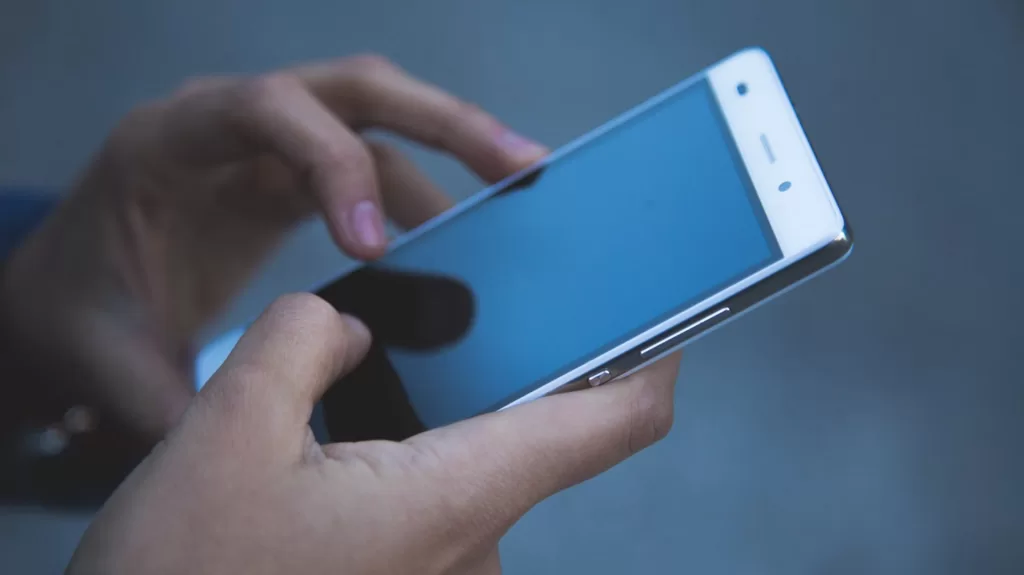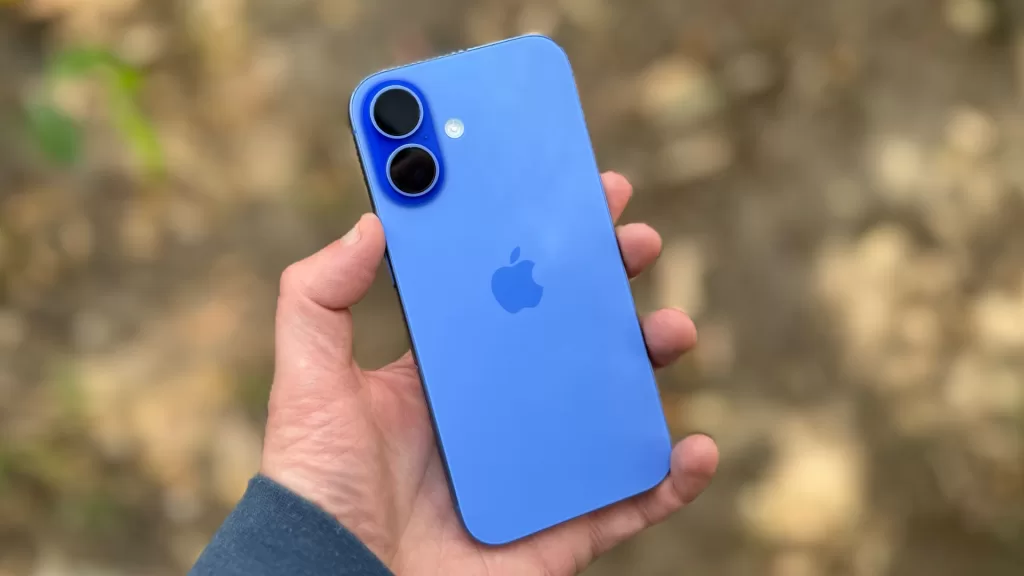
3G really is dead now in Australia – but it turns out there were still a lot of lingering consumer questions around its demise.
How Do I? covers the basics, because we’ve all got to start somewhere.
A few months back, I wrote an article about the impending shutdown of 3G networks in Australia, highlighting what was happening and why, and broadly what consumers needed to do ahead of its closure.
As I’m writing this on the 4th of November 2024, there will be basically no 3G network signal left for anyone to hook into to speak of. There certainly isn’t any around me…
However there were some issues that emerged after I wrote that piece, and a couple of areas that I didn’t touch on that I’d like to address, as a final kind of wrap on 3G in Australia, in order to try and help cover some of of those unresolved questions.
In this guide
Is 3G REALLY dead?
Do 3G-only areas now have no coverage at all?
Why are telcos now BLOCKING phones?
Why doesn’t my NEW phone work now?
Is 3G REALLY dead in Australia?

So, amongst the responses I got to my video version of this article was this little number…
“Why are you lying to your veiwers? 3g is still working so is 2g & slow 2g why lie about something so easily debunked?”
Thanks, random Internet person! Why thanks? Because this is either Internet trolling, or flat out incorrect, because the 3G networks are, indeed, gone.
As per Telstra’s statements around its closure plans, all of its 3G network infrastructure was to be decommissioned by a (planned) date of the 4th of November 2024, and there’s little reason to suspect that Optus wasn’t going to work to similar timeframes, if not in fact a little quicker, as its network footprint is a little smaller.
But sure, I’m also just a guy on the Internet, so maybe you want to “do your own research” as they say.
Here’s Telstra’s site on the 3G shutdown.
Here’s Vodafone/TPG’s site on the 3G shutdown.
Here’s Optus’ site on the 3G shutdown.
Those three companies run all the mobile networks in Australia, so if they absolutely will know about the status of those networks.
2G hasn’t been a thing in Australia since 2018, so this was more likely your classic Internet troll than anything else, but I don’t want anyone getting the wrong impression and making a bad (or in this case, non-existent) call as a result.
So do 3G areas now have no coverage at all?

As per the network telcos – and once again, I’m not a telco myself, merely a reporter – the reason why the 3G shutdown wasn’t just a “flick a switch in headquarters, it’s all off, laugh evilly” kind of affair was for the exact reason that the networks were being sunsetted in the first place – which was to use their valuable spectrum for 4G and 5G network coverage, with the promise that coverage would be at least identical, possibly even improved due to the network characteristics of 4G networks relative to 3G ones.
That’s the promise… but it is something of an unknown quantity as to how well that’s been implemented nationwide.
Radio signals are variable – we’ve all had good and bad calls from the same exact spot, right? – so I 100% would not be surprised if there are some reports of lost coverage as a result of the switchover.
What’s important there is how well and how quickly the telcos act to mitigate reported loss of coverage that can be directly attributed to the 3G shutdown. Hopefully this isn’t a story that rolls and rolls along, especially for rural and regional telco users – but we’ll have to wait and see.
What’s all this about telcos BLOCKING 3G-only 000 phones from getting any service at all?

So, this was a late development, which was why I didn’t cover it in my initial article, but yes, it’s true.
If you have a phone – including some newer models purchased overseas or as refurb units bought in Australia (more on that shortly) – that can’t access 000 services over 4G LTE networks, because they default to 3G only, then Australian telcos won’t permit you on their networks.
They’re not being specifically petty against you personally – well, maybe you Susan, you know what you did — because in fact they’re not legally allowed to, and that’s a situation that developed fairly late in the timeline of Optus and Telstra shutting down their 3G networks. As a reminder, Vodafone went off air for 3G much earlier this year.
On the 23rd of October, just last week, the ACMA announced new rules – it’s the Telecommunications (Emergency Call Service) Amendment Determination 2024 (No. 1) if you want to look it up – that in essence stop telcos from being able to provide services to customers with phones that cannot make 000 calls.
Specifically, as per the ACMA:
The new rules are set out in the Telecommunications (Emergency Call Service) Amendment Determination 2024 (No. 1), which require Telcos to:
• Identify mobile phones unable to access the emergency call service (Triple Zero).
• Notify customers with mobile phones unable to access the emergency call service.
• Not supply carriage services to mobile phones unable to access the emergency call service.
• Give information and assistance to customers to access alternative low cost or no-cost mobile phones.
• Update payment assistance policies to set out arrangements by which
customers can receive assistance to obtain a low-cost or no-cost mobile phone.
The intent here is pretty clear; the ACMA doesn’t want people thinking they can make 000 emergency calls, get into emergencies and then discover at the worst possible time that they cannot.
However, the timing was, in my view… not great.
While the telcos don’t have a choice but to comply, and there has been some pretty persistent messaging around the need to switch out 3G phones, the subtleties of which 4G-capable phones could make 000 was a lot harder to determine, and giving people very little time before suddenly making them aware that not only could they lose access to 000, but in fact lose access altogether was not good.
For what it’s worth, those devices aren’t blocked from accessing Wi-Fi in any way, so they could be fair at-home devices for video calling, apps and the like for as long as they last, but they just won’t be able to get Australian telco services.
You said it was only old phones that would lose access.
Mine is quite new!

This is the other emerging factor, though it’s tricky to work out the precise numbers of devices affected by this scenario.
As I see it, there’s essentially two camps of people facing this issue. Firstly, there’s those who have explicitly purchased “overseas” models, either as grey imports or while they were overseas.
Sometimes that might have been just because the phone they wanted was cheaper in, say, Hong Kong, or it may have been a model that was never actually available here.
The scenario there is (mostly) that it lacked the precise band and fallback support that Australian produced models of those phones (if available) had, so they can no longer access those 000 services – and so, under the ACMA’s amendment, they can’t be used.
Buying tech overseas can have its benefits in terms of price and sometimes earlier access if a device hasn’t launched here yet (hi, Steam Deck buyers up until recently!), but it does also have risks, though those have historically more been around warranty claims than anything else.
I totally get the frustration of those buyers, because in some cases it does appear that it’s an issue of telcos not being willing to whitelist and approve devices that might be functionally capable of 4G LTE fallback… although not maybe in every case.
For the grey market buyers you may also have a case under Australian Consumer Law here for a refund from the Australian company you purchased your phone through, though I am not a lawyer and this does not constitute legal advice.
The ugliest side of this are the folks who purchased refurbished phones through Australian retailers that “appeared” to be local models. I mean, isn’t every iPhone just an iPhone?
Spoiler: No.
Even Apple, who loves a uniform approach to design because it’s better for manufacturing and therefore profits, makes different models of the same phone for different markets. Where this gets ugly is that it’s pretty clear that a lot of retailers weren’t really aware of this, and in some cases may have ended up with batches of refurbished phones where some were rebuilt from local stock, and others from international parts, making them non-compliant.
It’s a real mess, but in at least one case (as per the ABC) one retailer is offering refunds to consumers affected that way. I’d definitely chase that up if I were you, especially for phones purchased recently.
Again, not a lawyer, but that feels like it should be a bit of a slam dunk in terms of the way Australian Consumer Law is meant to operate.
Was this useful to you? Support independent media by dropping a dollar or two in the tip jar below!















